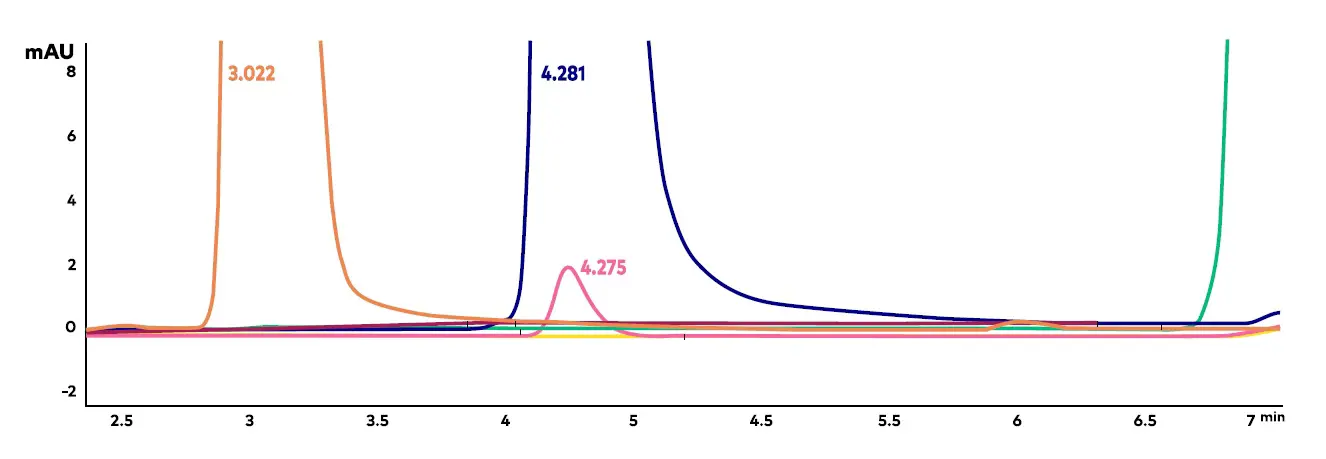Fitosoil’s Breakthrough: A Case Study on Developing a Method for Furfural Detection in Fertilizers

This article delves into a compelling case study where Fitosoil embarked on the development of a method for furfural detection in fertilizers, showcasing the laboratory's commitment to technical competence and accreditation.
Understanding Furfural
It is an industrial aldehyde derived from agricultural by-products such as corn, oats, wheat, aleurone, and sawdust, poses a regulatory challenge in Spain, as legislated through Royal Decree 506/2013. This decree mandates that fertilizer products containing certain raw materials, including lignosulfonates and sludge from the paper industry or sugar processing, must not exceed 0.05% w/w as the maximum limit of furfural content. However, the absence of a standardized method for determining furfural in fertilizers prompted Fitosoil to take matters into its own hands.
The Regulatory Gap
With no standardized method available, Fitosoil decided to bridge the regulatory gap by developing an internal methodology to ensure the laboratory's technical competence for controlling this toxicant in fertilizers. To achieve this, Fitosoil drew inspiration from the UNE-EN 61198:1996 standard for insulating oils by HPLC-UV, aligning with its commitment to excellence.
Chromatographic Challenges
The development of the method involved meticulous consideration of potential interferences, particularly from common furanic derivatives accompanying furfural. Compounds such as 5-hydroxymethyl-2-furfural (5HMF), 2-furfurylalcohol (2FOL), 2-acetylfuran (2ACF), and 5-methyl-2-furfural (5MEF) were studied, with each compound carefully analyzed at specific wavelengths.


Overcoming Co-Elution
One of the key challenges encountered was the co-elution of 2-furfurylalcohol (2FOL) with furfural, leading to potential quantification errors. Fitosoil conducted a comprehensive study to obtain a phase profile, experimenting with various proportions of aqueous phase, acetonitrile, and methanol. This meticulous process resulted in the successful resolution of the chromatographic interference, demonstrating the technical competence of the developed method.
Recognition and Accreditation
Fitosoil's commitment to overcoming challenges and ensuring the accuracy of furfural detection in fertilizers paid off. The laboratory not only demonstrated the technical competence of its methodology but also obtained recognition as an accredited laboratory for the determination of this toxicant in fertilizers. This case study exemplifies Fitosoil's dedication to staying ahead of regulatory requirements and contributing to the advancement of analytical techniques in the agricultural sector.
Latest News

08.04.2025
Innovation and Precision: How Complex Diagnostics Are Transforming Plant Health in the Field
Harnessing Technology for Smarter, More Sustainable Crop Protection.

03.04.2025
Cotecna COO Romain PETIT’s Visit to China
From March 24 to April 1, 2025, Cotecna Group Chief Operating Officer Romain PETIT visited China for a week-long trip.

